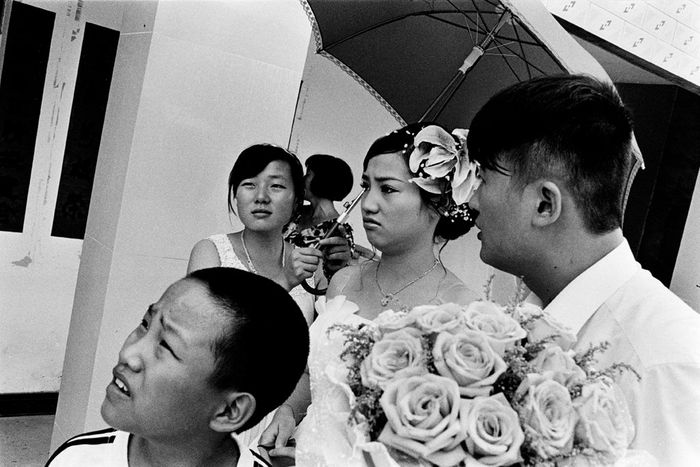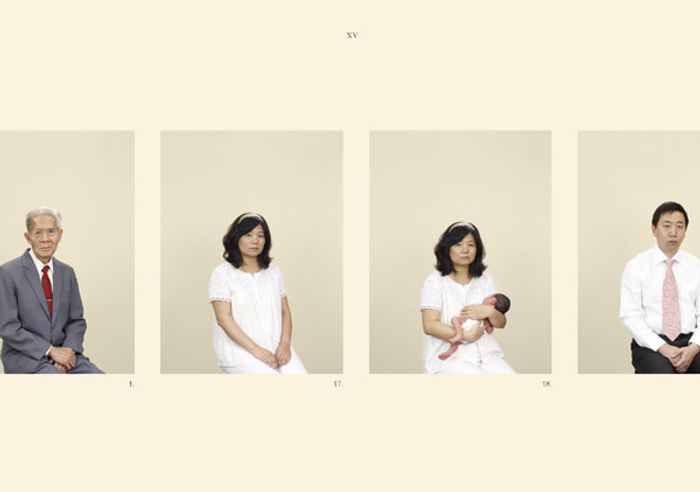I don’t usually follow this sort of equipment connoisseurism, but I enjoyed reading about ethnographer Christina Xu’s international phone setup.
Having two phones went out of style in China a few years ago because most phones for the Chinese market can use (at least) 2 SIM cards simultaneously, but no such luck the Galaxy S6 I got in the US. There’s no way I’m giving up my T-Mobile SIM card, either: my plan comes with unlimited free data while roaming internationally, and while it’s not terribly fast, it’s a real lifesaver in China. You see, the Great Firewall is designed to limit access to information for locals, not foreigners, so it doesn’t even bother blocking mobile data if you’re roaming. This means that—wonder of wonders!!—I have slow but steady, constant access to Instagram, Twitter, and all of the Google services I use regularly.
But at the same time, having a local Chinese number is indispensable, not least because many local mobile and web services require one for verification purposes. And the Great Firewall goes in both directions: Chinese apps run incredibly slowly outside of it. My solution was to get a second phone in China that I could use just for phone calls and Chinese apps, and I ended up with the Oppo, a low-end Android smartphone designed for the Chinese and Indian market.

